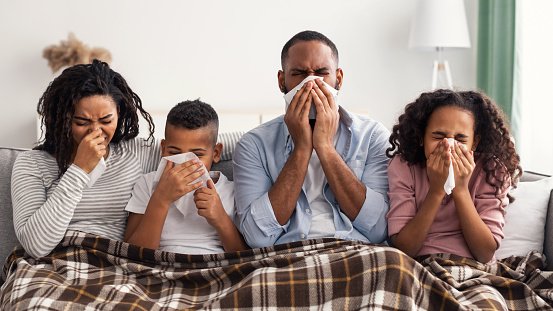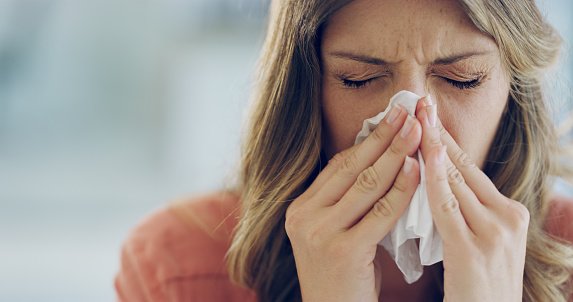
Knowing all the methods to treat allergies is the first step to overcoming them. Depending on the severity of the symptoms, you may need to try several methods before finding what works best for you. Here are some of the best ways to treat your allergy symptoms.
Physiological saline solution

In an Italian study of children with pollen allergies, those who rinsed their “nasal” passages with a saline solution three times a day during allergy season experienced less congestion, sneezing and itching. By the same token, they were able to take fewer antihistamines than those who did not rinse.
- Don’t just spray a little in your nose; wash gently using a bulb ear syringe, neti pot (available at a health food store), or a Waterpik device with a special nasal adapter.
The recipe for physiological salt solution from researchers at the University of Michigan:
- Mix 2 milliliters (1/2 teaspoon) of salt, 2 milliliters (1/2 teaspoon) of baking soda and 500 milliliters (2 cups) of hot tap water.
- To use it, lean over the sink and turn your head so that your left nostril is down.
- Using a bulb syringe, gently flush your right nostril with 250 milliliters (8 oz) of saline solution, letting the water drain out your left nostril.
- Then blow your nose gently and repeat with your left nostril.
- Finally, clean the syringe.
Antihistamines
An antihistamine may be all you need if your symptoms are infrequent (present less than four days a week or lasting for less than four weeks in total) or so mild that they do not affect your sleep or your activities. Allergy experts from the University of Washington came to this conclusion after analyzing 55 allergy studies.

- Only prescription steroids are more effective than antihistamines in relieving all possible allergy symptoms.
- Loratadine and cetirizine hydrochloric acids are good choices. These last longer than older antihistamines like diphenhydramine and are less likely to cause drowsiness.
- Older medications, including diphenhydramine and brompheniramine, provide stronger relief from allergy symptoms, according to the few direct comparisons that have been made.
- For best results, take an antihistamine before being exposed to an allergen to which you are susceptible.
Prescriptions and eye drops
Until recently, the advantage of prescription drugs was the convenience of a 24-hour pill without unwanted sedative effects, but over-the-counter pills now offer the same benefits.
- Eye drops are the most effective and safe solution to relieve the symptoms of an “eye allergy”; itching, tearing, sensitivity to light, redness, gritty feeling in the eyes and swelling of the eyelids that can occur if you are allergic to pollen or mould.
- You can buy antihistamine drops over-the-counter, but a prescription version will work best.
- The best are prescription drops that combine antihistamines with mast cell stabilizers. These relieve symptoms quickly and should only be used twice a day, compared to four times a day for drops containing only antihistamines. They are also an excellent alternative to corticosteroid drops, which are effective but can have dangerous side effects.
- Doctors prescribe corticosteroid drops primarily for severe and chronic eye allergy symptoms or to counter eye infections.
Be sure to consult your doctor before starting any new allergy treatment.